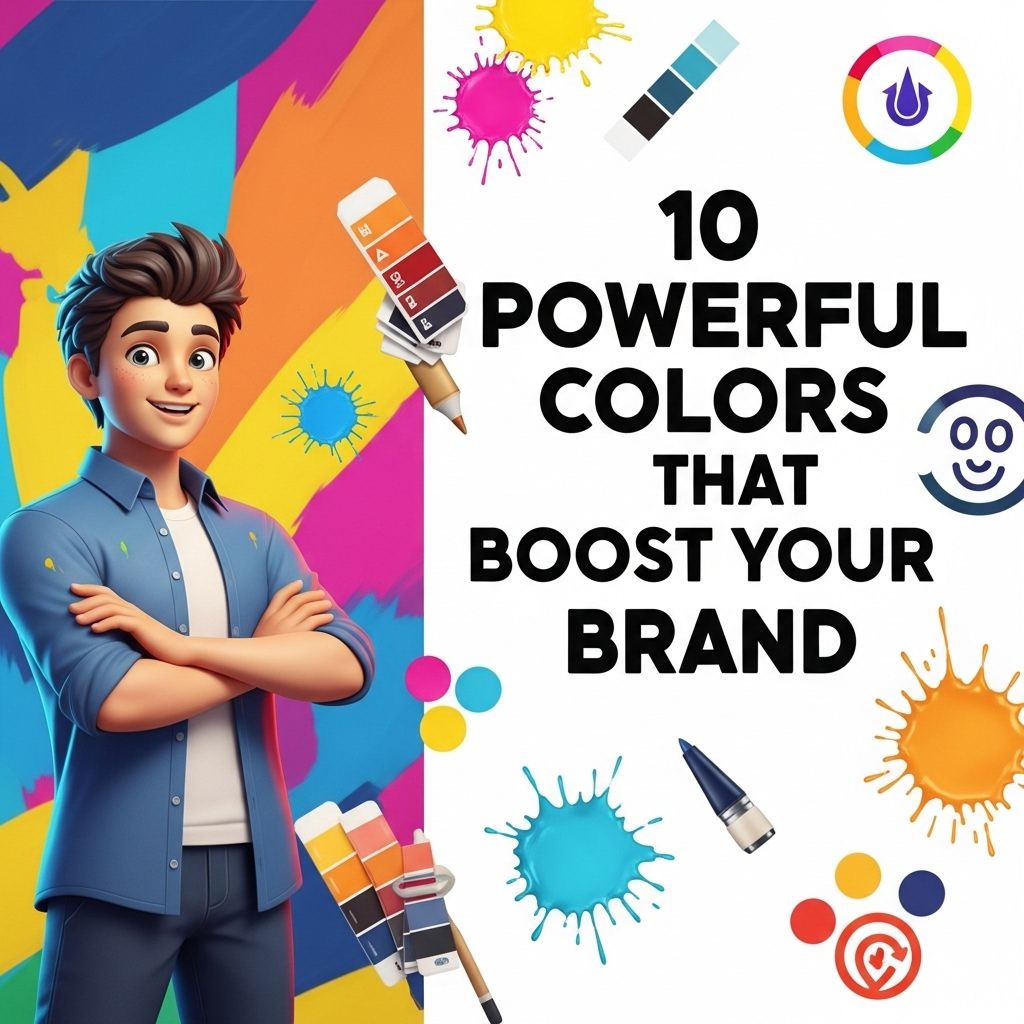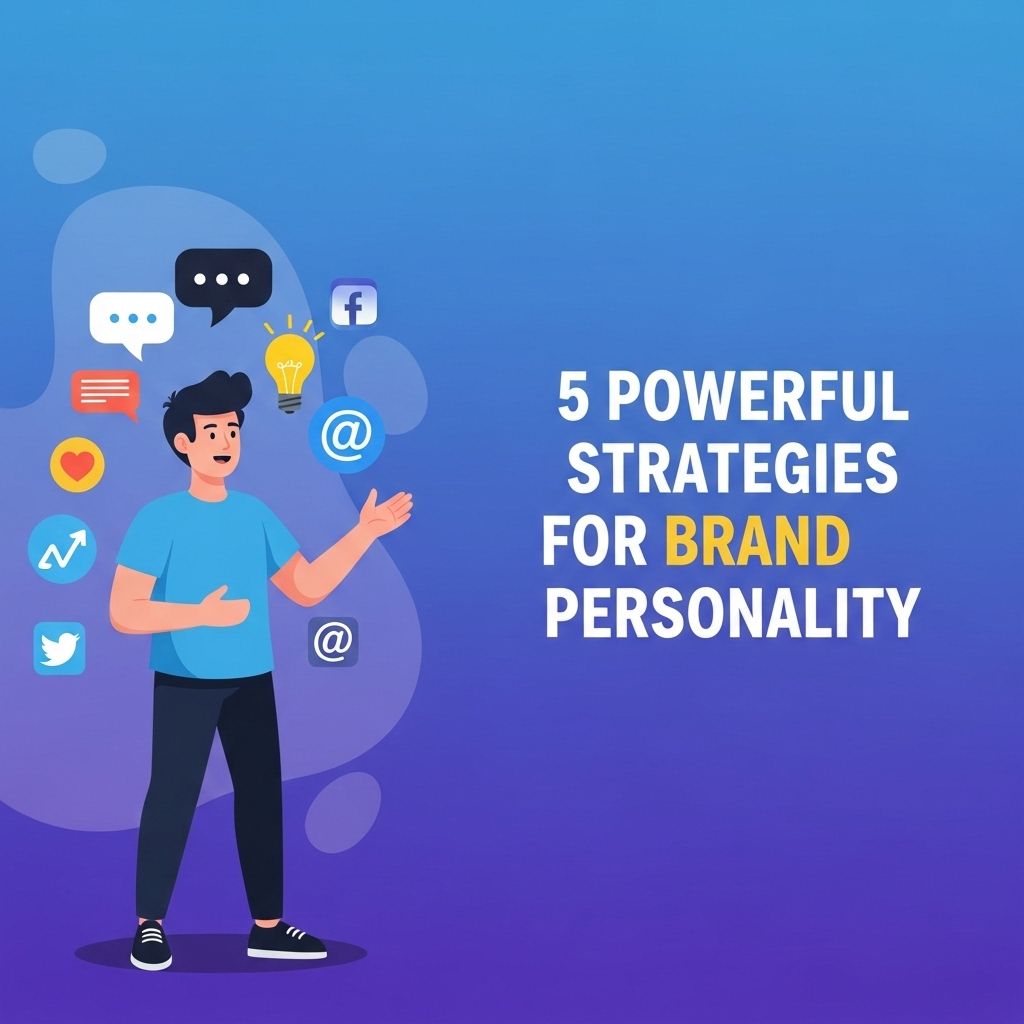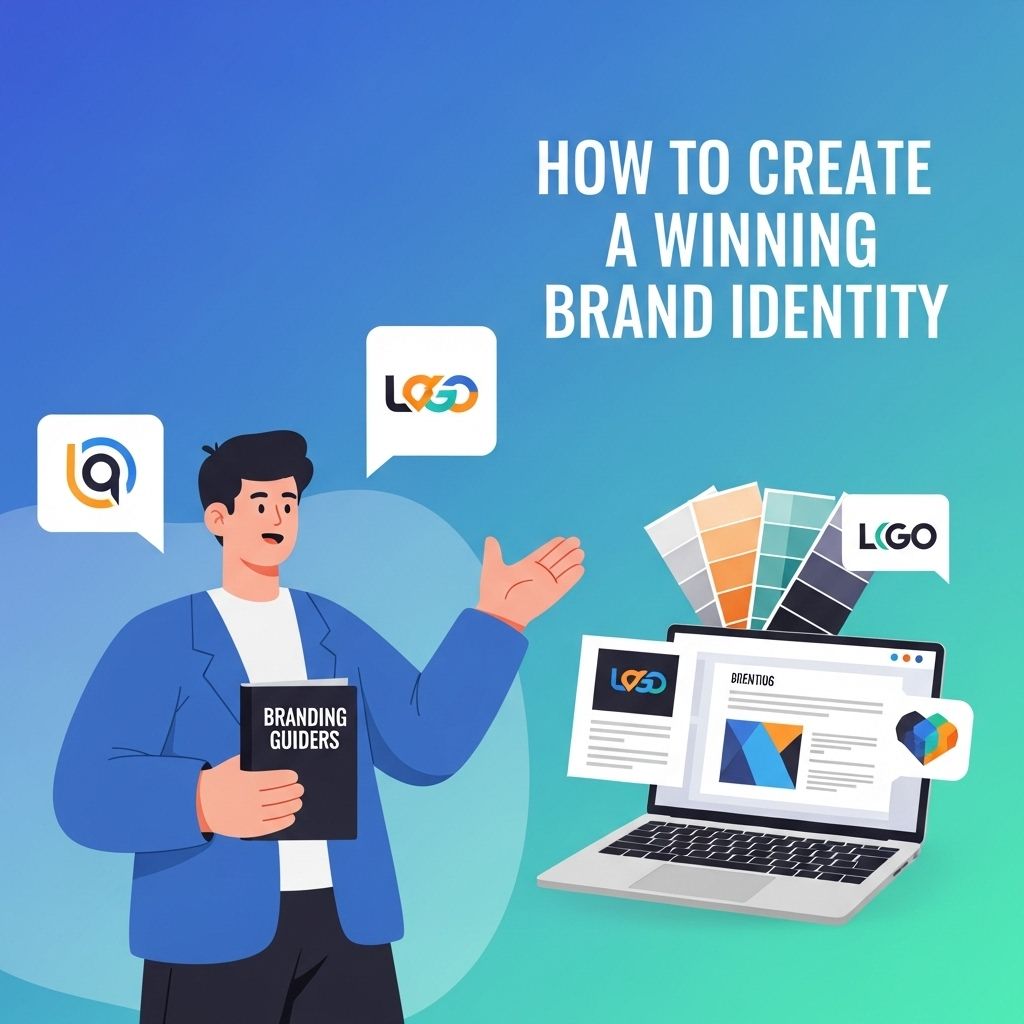In the world of branding, color is a crucial aspect that transcends mere aesthetics. It can evoke emotions, influence perceptions, and ultimately shape customer behavior. Choosing the right color palette for your brand is not just about personal preference; it’s about understanding the psychology of colors and how they can resonate with your target audience. In this article, we will explore ten powerful colors that can enhance your brand identity and drive engagement.
The Psychology of Color in Branding
Before diving into specific colors, it’s important to understand the psychology behind them. Colors communicate ideas and emotions that words sometimes cannot convey. Here are some key points about color psychology:
- Emotional Response: Colors can trigger emotional reactions in people. For example, red can invoke excitement, while blue exudes calmness.
- Cultural Significance: Color meanings can vary across different cultures. For instance, white symbolizes purity in Western cultures but can represent mourning in some Eastern cultures.
- Brand Recognition: Consistent use of specific colors can improve brand recognition significantly—up to 80% according to some studies.
1. Blue – Trust and Dependability
Blue is often associated with trust, loyalty, and professionalism. Many financial institutions, technology companies, and healthcare brands opt for blue tones in their branding.
Examples of Brands:
- IBM
By choosing blue, brands communicate reliability and safety, making it a popular choice for companies looking to establish a trustworthy image.
2. Red – Energy and Passion
Red is a bold color that symbolizes energy, passion, and action. It can create a sense of urgency, making it effective for sales and promotions.
Examples of Brands:
- Coca-Cola
- McDonald’s
- Target
Using red in your branding can grab attention quickly and stir emotions, which is why it is frequently used in food and retail sectors.
3. Green – Growth and Health
Green is synonymous with nature, growth, and health. It can evoke feelings of tranquility and is often used by brands that promote environmental consciousness.
Examples of Brands:
- Starbucks
- Whole Foods
- BP
Incorporating green into a brand’s design can convey messages about sustainability and healthiness, appealing to eco-aware consumers.
4. Yellow – Optimism and Cheerfulness
Yellow is the color of sunshine and happiness. It captures attention and can evoke feelings of warmth and positivity. However, it should be used sparingly as it can also be overpowering.
Examples of Brands:
- IKEA
- Snapchat
- Ferrari
Brands using yellow often aim to create a friendly and welcoming atmosphere, attracting customers through cheerful connotations.
5. Orange – Creativity and Enthusiasm
Orange combines the energy of red and the cheerfulness of yellow. It’s a vibrant color that exudes enthusiasm and warmth.
Examples of Brands:
- Fanta
- Amazon
- Gulf Oil
Utilizing orange can foster a sense of playfulness and creativity, making it ideal for brands targeting younger audiences.
6. Purple – Luxury and Mystery
Purple is often associated with royalty, luxury, and ambition. It is a color that can convey sophistication and creativity.
Examples of Brands:
- Yahoo!
- Hallmark
- TMobile
Brands that wish to position themselves as luxurious or unique often turn to purple for their branding strategies.
7. Pink – Compassion and Femininity
Pink is often linked to femininity, compassion, and love. It can evoke feelings of calmness and comfort.
Examples of Brands:
- Bare Escentuals
- Victoria’s Secret
- Barbie
Incorporating pink can help brands connect with female audiences or promote products tied to compassion and caring.
8. Black – Power and Sophistication
Black is a classic color that conveys power, elegance, and sophistication. It can be used to create a sleek and high-end appearance.
Examples of Brands:
- Chanel
- Apple
- Nike
Brands that use black often aim to portray a timeless and high-quality image, attracting consumers who value luxury.
9. Brown – Stability and Reliability
Brown is a color often associated with the earth, stability, and reliability. It can evoke a sense of warmth and comfort.
Examples of Brands:
- UPS
- Hershey’s
- Brown-Forman
This color is particularly effective for brands in the food and beverage industry, helping them communicate a sense of tradition and earthiness.
10. Gray – Neutrality and Balance
Gray is a versatile color that can convey sophistication, neutrality, and balance. It is often used as a complementary color in branding.
Examples of Brands:
- Apple
- Mercedes-Benz
Gray is beneficial for brands that aim to create a minimalist and modern aesthetic.
Choosing the Right Color for Your Brand
When selecting colors for your brand, consider the following factors:
- Your Target Audience: What emotions do you want to evoke in them?
- Industry Norms: Are there colors frequently used in your industry that you should align with or differentiate from?
- Brand Values: What values do you want to communicate through your color choices?
In conclusion, the colors you choose for your brand can significantly impact your audience’s perception and emotional responses. Understanding color psychology is crucial to building a strong brand identity that resonates with your target market. By leveraging the power of color, you can create a brand that not only stands out but also fosters loyalty and trust.
FAQ
What colors are best for branding?
Colors like blue, red, green, and yellow are among the most effective for branding, each evoking specific emotions and associations.
How does color psychology influence brand perception?
Color psychology plays a crucial role in brand perception, as different colors can evoke emotions, influence buying decisions, and enhance brand recognition.
Why is blue often used in branding?
Blue is frequently used in branding because it conveys trust, reliability, and professionalism, making it a popular choice for financial and tech companies.
What emotions do warm colors like red and yellow evoke?
Warm colors such as red and yellow tend to evoke feelings of excitement, energy, and warmth, making them effective for brands aiming to create a vibrant and inviting image.
How can I choose the right color palette for my brand?
To choose the right color palette for your brand, consider your target audience, the emotions you want to convey, and the overall message of your brand.
Can color choices impact sales?
Yes, color choices can significantly impact sales, as they can influence consumer behavior and create a strong first impression that leads to purchases.




